Market share of conveyor belt sushi
Japanese conveyor belt sushi is developing!?
- The market size of sushi is 1.5 trillion yen , it of conveyor belt sushi is about 640 brillion yen.
- There are four major conveyor belt sushi companies in Japan.
- Conveyor belt sushi companies are proactive in expanding overseas.
The market size of conveyor belt sushi(also known as rotation sushi or sushi train) in Japan is about 640 brillion yen(about 6.4 billion dollars) according to the report of NPD Japan in 2018. The market size of sushi is 1.5 trillion yen according to the report of Japan Foodservice Association, the market size of conveyor belt sushi accounts for 43% of the total sushi market. This market grew 150% for six years from 2010, but the growing pace of it has slowed down in recent years.
The number of conveyor belt sushi restaurants increased rapidly in 1980s though conservative gourmets and sushi chefs disdained it as improper sushi. Many conservative and traditional sushi restaurant in 1980s served expensive sushi and shishi as quoted(AQ). In addition, a customer had to order sushi to a sushi chef who is conservative and old-fashioned face-to-face over the counter in these sushi restaurants. He often complained of customer's order and table manner. It was difficult for young people, family, students, kids to go these sushi restaurants.
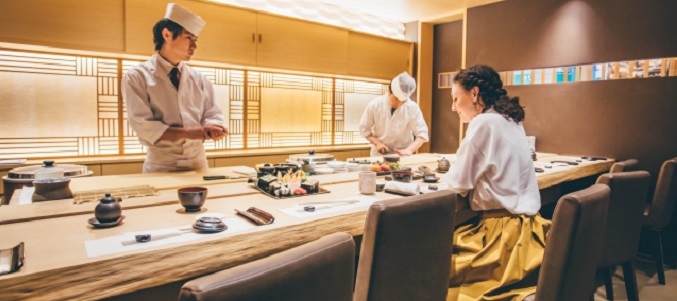
On the other hand, conveyor belt sushi restaurants served two pieces of sushi in a plate at 100 yen(about 1 dollar). In addition, sushi chefs were not conservative. Conveyor belt sushi restaurants became popular rapidly because most Japanese like sushi though they do not like some topping. Conveyor belt sushi restaurants were also popular fot foreign travelers because they could order sushi without speaking Japanese. By the way, current conservative sushi restaurants do not have above conservative sushi chefs.
Nowadays, conveyor belt sushi restaurants are working harder at product and service differentation except freshness and low-price. Some of them introduce touch panels, faster conveyor, roulette for kids etc.. Most of them are proactive in increasing and improving especially side dishes(orders) except sushi. They serve not only Ramen, Curry and rice and Fried chicken but also sweets like cake. There is a limit to increase sushi topping variation, but there is no limit to increase side dishes. They could serve full-course French meal on a conveyor belt if costomers would want it.
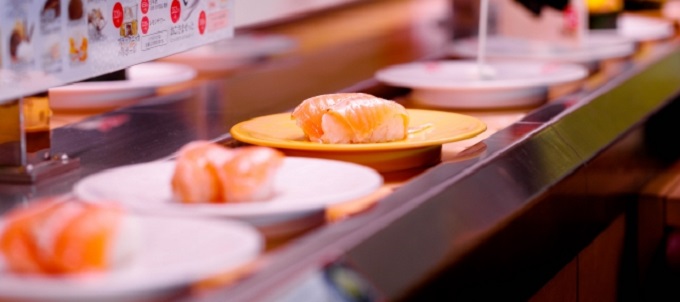
There are four major conveyor belt sushi companies in Japan, Akindo Sushiro(Sushiro Global Holdings), Kura-zushi, Hama-zushi and Kappa-zushi. Akindo Sushiro which is the largest conveyor belt sushi company has the top share and the largest sales about 160 billion yen. Kura Corporation which operates Kura sushi has the second largest sales about 115 billion yen. Hamazushi Co which is a subsidiary of Zensho Holdings has the third largest sales, Kappa Create Co. which operates Kappa-zushi has the forth largest sales.
Akindo Sushiro was established in 1984 as Sushi-Taro by Yoshio Shimizu. It became the largest conveyor belt sushi company in 2011. It opened the first oversea sushi restaurant in Korea then. It has over 500 restaurants in Japan and two restaurants in overseas, Korea and Taiwan. Sushiro is also proactive in increasing side dishes. It sold over 300 thousand strawberry pancakes made with VeryFance which is a popular pancake shop. Its fried potato is well known as Potero, and has many fans.
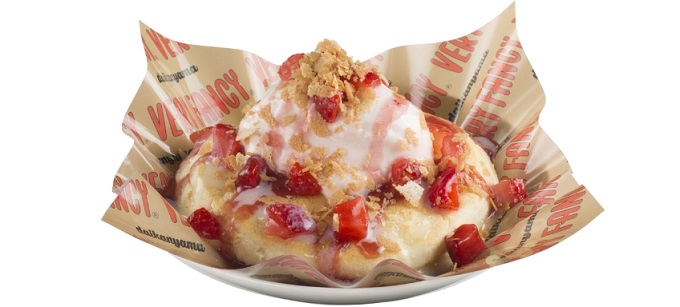
In addition, Sushiro established cooperation with Genki-zushi which is fifth largest sales in 2017. They will integrate operations, and have over 200 billion sales in the future. Sushiro has a large lead in sales race of conveyor belt sushi companies. By the way, Sushiro is the first onveyor belt sushi company which customers can pre-order and buy sushi to go by Amazon Echo in 2017.
Kura-zushi was growing with appealing additive-free sushi and sushi cap called Sendo-kun to prevent drying during rotation. It is also proactive in increasing side dishes, its side dishes are more various than Sushiro. Shari-curry consits vinegared rice which often used for sushi and curry. Ramen is made with seafood broth soup based on miso. Especially, Shari coke which is made by vinegared rice became a topic in Japan. In addition, Shari-nuki-sushi consits seafood and vegetables instead of rice also became topic in Japan because it was too strange sushi. However, it was popular for women on a diet and diabetic people becuase a rice protein melts and becomes oligosaccharide.
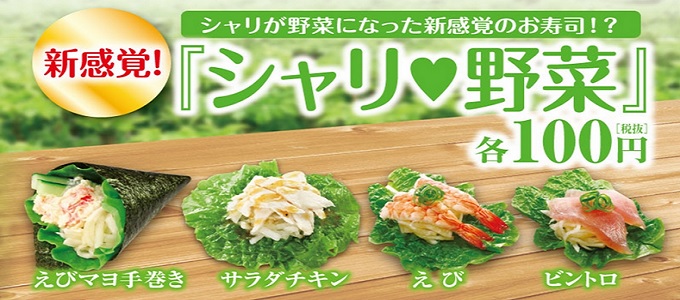
Hama-zushi which has the third largest sales among conveyor belt sushi companies is a subsidiary of Zensho Holdings. Zensho Holdings also has Sukiya which is a Gyudon(Japanese traditional dish made with stewed beef and rice) chain store. Zensho Holdings's business rests on two pillars, Hama-zushi and Sukiya, though Zensho Holdings has many restaurant brands.
Kappa-zushi was the largest conveyor belt sushi company until 2010, but it is fifth largest company now. It was decreasing its sales because it could not increase popular side dishes like other conveyor belt sushi company. However, it changes from the defensive to the offensive by all-you-can-eat sushi now. Customers can eat sushi and side dishes as much as they like for a hour at 1,580 yen(about 15 dollars). This service is provided on only weekday's 14:00-17:00, but many people go there to eat with waiting for several hours.
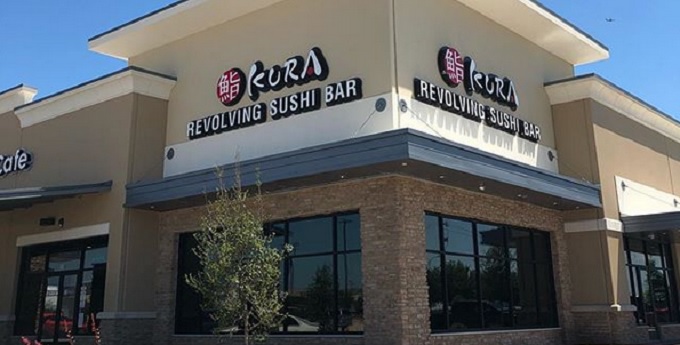
By the way, many conveyor belt sushi companies are proactive in expanding overseas. Sushiro has only two sushi restaurants in overseas, but Genki-zushi which will be merged with Sushiro has over 150 sushi restaurants in overseas. There is 17 Genki-zushi restaurants in USA, 73 restaurants in HongKong, 47 restaurants in China, 12 restaurants in Southeast Asia. Sushiro will expand overseas with Genki-zushi. Kura-zushi has 31 sushi restaurants in overseas, 18 restaurants in USA and 13 restaurants in Taiwan. It focuses on south-central and east USA, it will oepn more Kura sushi restaurants there.
Sushiro Global Holdings(TYO:3563), Kura Corporation(TYO:2695), Genki-zushi(TYO:9828 ) and Kappa Create(TYO:7421) are listed on the Tokyo Stock Exchange. Foreign investors can invest them through many ETFs, iShares MSCI Japan ETF(EWJ), Wisdomtree Japan Hedged ETF(DXJ) and more. Many Japanese companies increase their sales and profit with weak yen. If investors want to hedge an impact of fluctuations in foregn exchange rates, they should invest currency hedged ETFs, Deutsche X-trackers MSCI Japan Currency-Hedged Equity Fund(DBJP) and iShares Currency Hedged MSCI Japan ETF(HEWJ).
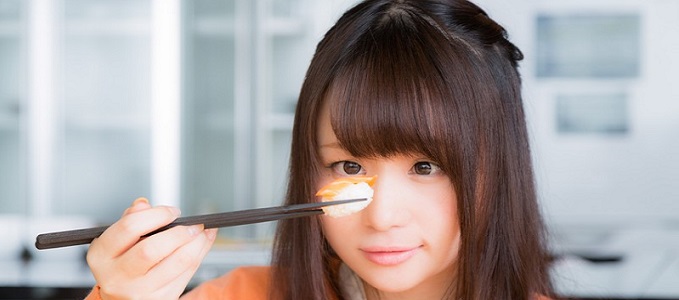
 Travel Market
Travel Market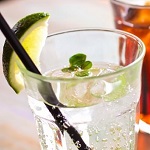 Beverage Market
Beverage Market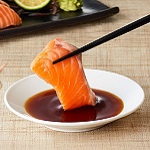 Seasoning Market
Seasoning Market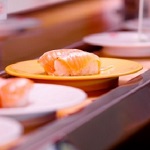 Sushi Market
Sushi Market